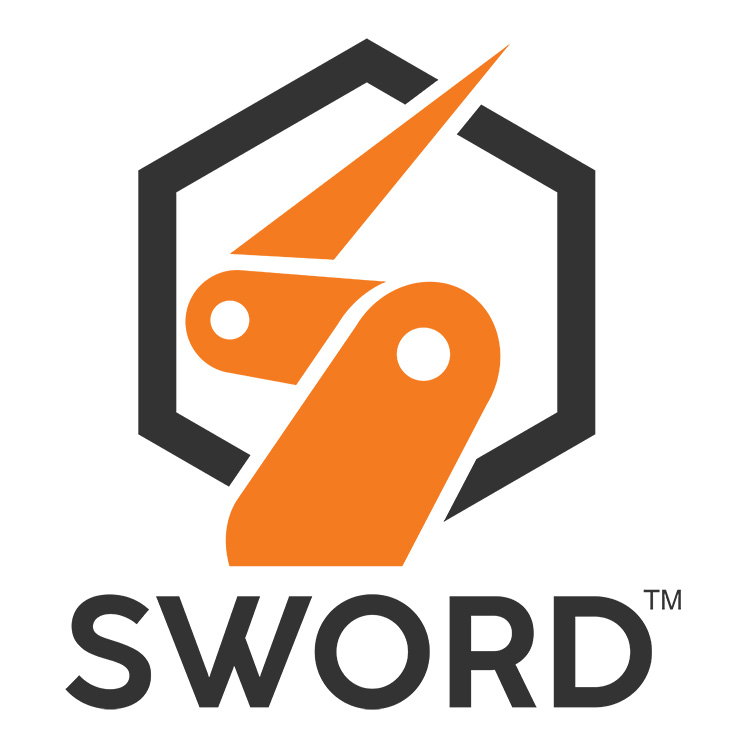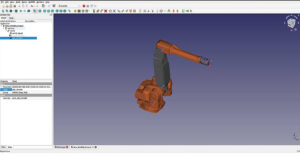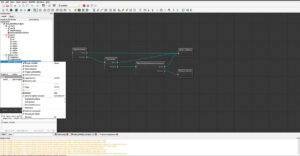|
Listen to this article |

SwRI Workbench for Offline Robotics Development allows manufacturing engineers to independently use complex robotics and simplifies motion planning for seasoned developers. Source: Southwest Research Institute
An industry push for more automation is advancing the Robot Operating System, or ROS, beyond the academic and manufacturing domains into agriculture, automotive, retail, healthcare and more. Various forecasts project that the open-source advanced robotics market will grow more than 10% annually between 2024 and 2029.
These trends are motivating for robotics engineers at Southwest Research Institute (SwRI) and our colleagues at the ROS-Industrial Consortium and supporting industries. We also recognize that the usability of robotics software is still an impediment to even higher levels of adoption.
Over the years, the ROS-I Consortium has held frequent roadmapping sessions with a wide variety of end users and ROS developers to address ease of use and continuing education. The identified need is a lower barrier of entry for non-programmers (or entry-level developers) to harness the power of tools in the ROS ecosystem, but in a way that aligns with industry adoption of digital thread and Industry 4.0 strategies.
The traditional ROS workflow is software programming-intense, requiring developers deeply familiar with available ROS libraries and tools. Even experienced developers within the ROS-I ecosystem and beyond may spend significant time — days to weeks — on the initial setup and configuration of a ROS application.
Listening to the voice of our own developers, our diverse stakeholders, and consortium members, we heard the need for easier access to the ROS motion-planning tools, while maintaining a tie back to the CAD ecosystem where the products to be worked on are conceived and maintained.
 Learn from Agility Robotics, Amazon, Disney, Teradyne and many more.
Learn from Agility Robotics, Amazon, Disney, Teradyne and many more.
SWORD is a graphical toolkit for robotics developers
The Southwest Research Institute is launching the SwRI Workbench for Offline Robotics Development (SWORD) featuring a graphical toolkit for developing and testing advanced robotic motion-planning applications.
SWORD is implemented as a plugin to the open-source FreeCAD application, allowing users to integrate robotics capabilities into a cross-platform CAD environment. It provides a graphical interface to many powerful motion-planning libraries.
The goal is to bring ROS to a manufacturing/industrial audience in a way that is more approachable and resides in an environment that is familiar. Most manufacturing engineers are competent with CAD and understand their processes, often doing various forms of programs on process-oriented systems.
SWORD seeks to bring advanced motion-planning capability to this audience enabling to set up their systems and take advantage of these more advanced tools in their operational environments. Through the first Beta test, the team at SwRI has collected feedback from end users and is nearing the release the first version of SWORD. SWORD currently offers the capabilities below:
Environment modeling

Figure 1: An example of URDF creation and evaluation in SWORD. Click here to enlarge. Source: Southwest Research Institute
Command language
-
Specify different move segment types (joint/cartesian) and motion groups
-
Insert supplementary commands (I/O, delays, etc.)
Motion planning
-
Create custom planning pipelines for application-specific behavior; see Figure 2 below.
-
Compute the Allowed Collision Matrix
-
Review computed motion trajectory
SWORD is officially released, and seats are available. You can request a trial version to understand if it is right for your organization. If you are interested in a trial license, or want to learn more or get a guided tour from SwRI, please contact Jeremy Zoss or Matt Robinson.

Figure 2: Setting up a motion planning pipeline for testing and evaluation in SWORD. Click here to enlarge. Source: Southwest Research Institute
 About the author and the Southwest Research Institute
About the author and the Southwest Research Institute
Matthew Robinson is program manager for ROS-Industrial Consortium Americas at the Southwest Research Institute. He was previously research team leader and a graduate fellow at the Edison Welding Institute. Robinson has participated in RoboBusiness Direct and has an M.S.W.E. from The Ohio State University.
Since 1947, the nonprofit SwRI in San Antonio, Texas, has taken a multidisciplinary approach to research and development for government and industry clients.
